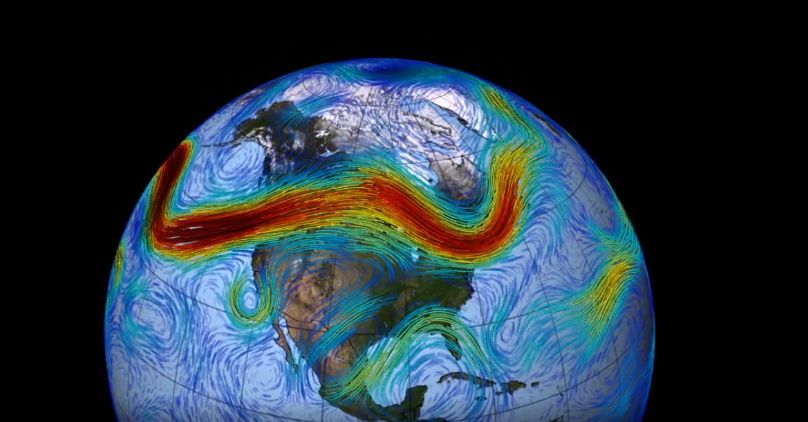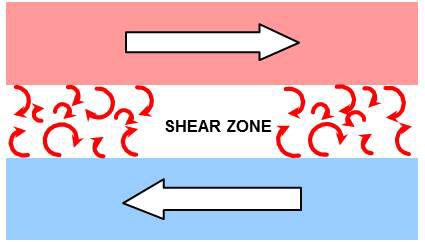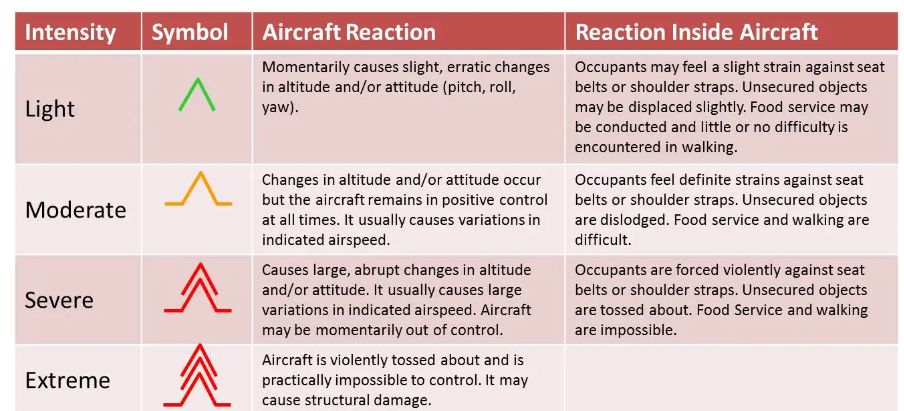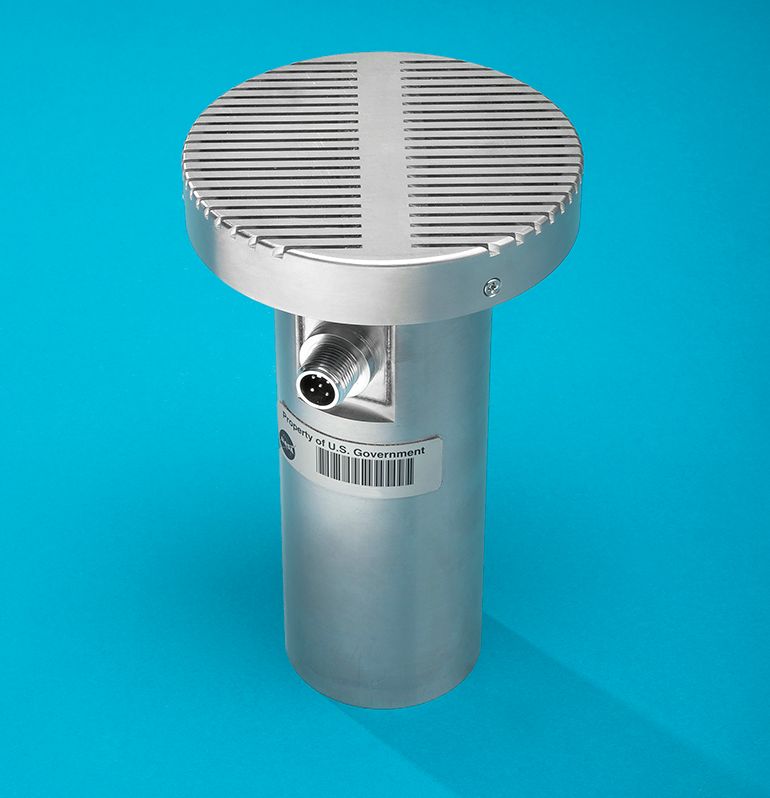A NASA report reveals that air travel could face a bumpy future due to climate change, but a new invention could help.
Turbulence is when an airplane suddenly drops or climbs often without warning. It can result in objects flying around the cabin and, in extreme cases, could injure the passengers and crew.
Turbulence can happen near storms when air is rapidly sinking or falling. These cases are often well forecasted for and often force pilots to alter the route of the flight, flying around storms instead of through them.
(AP Photo)
Turbulence is common near large mountain ranges, where the winds are sent spinning by the towering peaks. This kind of turbulence is also well forecast ahead of time.
Clear air turbulence is often not seen ahead of time, catching planes and passengers off guard. This type of incident usually happens away from storms, but near the jet stream.

(Credit: NASA)
The jet stream are winds in the upper atmosphere that helps steer storms and air masses. Winds in the jet stream can exceed 200 mph. The difference in speed or direction with these winds creates what is known as shear, which can send a plane rapidly up or down depending.

(Credit: NOAA)
A report by Paul Williams of Redding University shows that climate change is making the jet stream winds faster.
In recent years, there have been new speed records set for cross country-flights due to these strong winds. These extreme winds are also causing more turbulence events, though. As our climate continues to warm, the number of turbulence issues are expected to rise.

(Credit: NOAA/NWS)
The Williams report forecasts that clear air turbulence will happen twice as often by the year 2050 and could be up to 40% more intense than it is now.
While experts encourage all passengers to wear their seat belt as much as possible during a flight, the airline passengers and crew also could get help from a new invention.
NASA developed a special device that can hear clear air turbulence. It’s called an infra sound microphone. It detects the ultra low frequencies created by turbulence.

(Credit: NASA)
It was first tested as a network of ground sensors and was found to measure turbulence signatures as far away as 300 miles. Recently, an airborne version of the infra sound microphone is undergoing testing. It’s been attached to a pilotless glider and results so far are encouraging.
One day, this new invention could be used as an essential tool on commercial flights by warning pilots in advance of clear air turbulence. Being able to navigate around a danger that can’t be seen will not only make for a smoother flight, but will keep all on board safe as well.
Our team of meteorologists dives deep into the science of weather and breaks down timely weather data and information. To view more weather and climate stories, check out our weather blogs section.

